I think I learn more about leadership from raising children than I ever could anywhere else.
One of my most recent lessons happened in a children’s science museum. There was an interactive digital immersion exhibit designed to introduce the basics of quantum physics. The sign at the entrance recommended staying in the room for 20 minutes to experience the full program. I could have stayed all day.
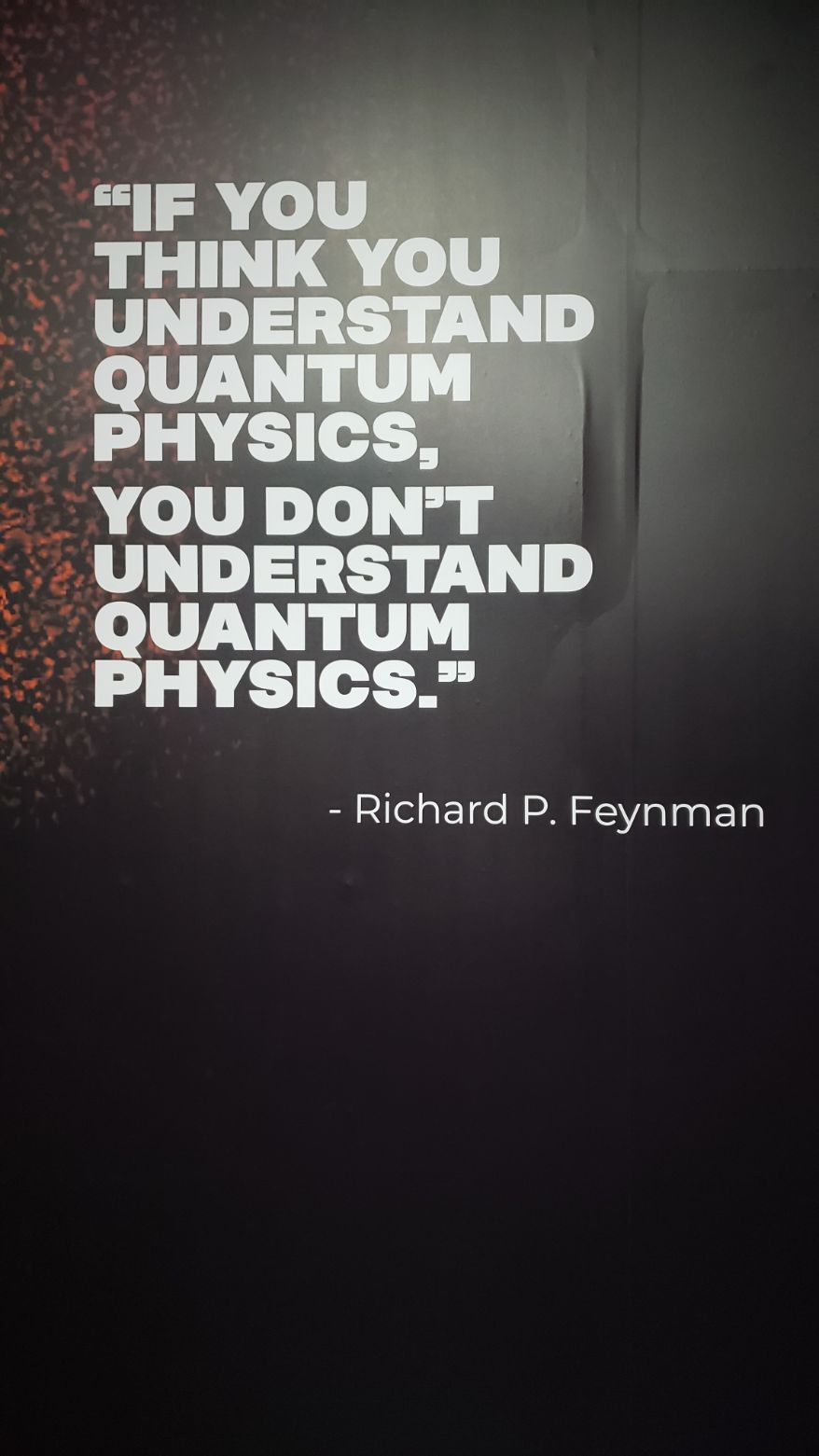
For the first half of the experience, each person could interact with the exhibit independently. How you moved (or didn’t) affected your experience but not others. Each person could happily do what they wished, with great pleasure, while learning about particles, waves, and pathways. It was a truly joyous experience.
That’s when it got interesting
For the second half of the experience, while it was still possible to interact with the exhibit independently, it had been designed to work best if everyone in the room worked together. First, the room became a scale, counting how many people were in each half. The digital display counter encouraged balance. The music became more harmonious as people organized themselves closer to balance. I watched what was happening and became aware that no one in the room was paying attention to the quest for balance. They were too busy watching their own feet and how moving across the room was changing the color of the floor, not making any meaning of the floor becoming more red the more out of balance the distribution of people became.
Then, circles appeared on the floor. When a person stepped on one, it produced a musical note. It played like a piano key being struck, quickly dissipating to silence again. The exhibit again required people to work together – by stepping on different circles at different times, music could be made. Again, I noticed that no one was paying attention to the opportunity. Instead, people (children and adults alike) found circles and stood firmly on them, not moving. As more people did it, others took notice and quickly found a circle to stand in. Before long, all of the circles were filled and the music was silent.
A lesson for children (and maybe adults too)
About this time, my niece (who had been with me the whole time) became bored. Why was everyone just standing around? And, she pouted a little, there was no circle left for her to stand in.
I explained to her that it would have worked better if everyone was aware of each other and willing to work together. But that sometimes people are so focused on their own fun that they can forget about what’s going on around them.
It takes practice to notice what’s happening around you. And it takes practice to work cooperatively with others.
Then I sent her on her way, to find the rest of our family and to have some fun.
I stayed in the exhibit, curious if the same thing would happen again with different people. My hypothesis (it was a science museum, after all) was that people would likely do the same thing. Because they’d started their interaction with the exhibit being focused on themselves, they wouldn’t notice the subtle invitation to interact both with the exhibit and each other when the time came. And my hypothesis was proven true.
What did it have to do with leadership?
After I left the exhibit, I spent a lot of time thinking about how interesting human behaviour is. And what we can do, as leaders, to support the behaviours we want to experience in our organizations. I thought back to what I’d said to my niece.
It takes practice to notice what’s happening around you. And it takes practice to work cooperatively with others.
In many circumstances, work happens independently. Ideally, we each understand what our roles and responsibilities are, and often we’re able to work on our own to get the job done. Since the shift to so many people working online rather than in the office, the focus on independent work has become even more. Working together is sometimes viewed as a chore or inconvenience.
But what about those moments when it would be more beneficial to work together with others? How do people in the organization notice when that shift happens from their independent work to the need for collaboration? And how are they practicing working cooperatively with others so that they are ready to shift from working independently to together – and doing it well?
Finding the answers to these questions is the responsibility of leadership. Not to tell people when they should work independently and when they should work in groups – unless you’re a school teacher. But to lead teams, organizations, and projects in ways that make space for and encourage both independent work and collaboration.
A pause for discernment
While there are likely countless approaches for blending independent work and collaborative work, sometimes the challenge is noticing when each is appropriate. Like what I observed in the quantum physics exhibit. The shift from independent exploration to working together as a group – especially when most of the group were likely to be strangers – was too big. And the potential of what could have been achieved was lost as a result.
One technique that we use in the Genuine Contact Way of working is to intentionally build in a moment for discernment whenever something new begins. It might be something as small as the next task to be done today. It might be something as big as starting a major project or even an organization. Discernment is about noticing. Noticing to understand the current state so that when you begin the activity of moving to the desired state, you are as clear as possible about what is needed to get there.
One of the things to notice in this discernment phase is where it is appropriate for individual work to be done and where it is appropriate for people to come together (working together in participatory processes, of course!). By already having awareness of this balance and practicing the flow between individual and cooperative work intentionally, it builds skill and capacity in the people to also notice the moments where there would be benefit to this flow happening organically.
So that people have the opportunity to make beautiful music together, rather than standing in their own little circles like those families I watched at the museum.




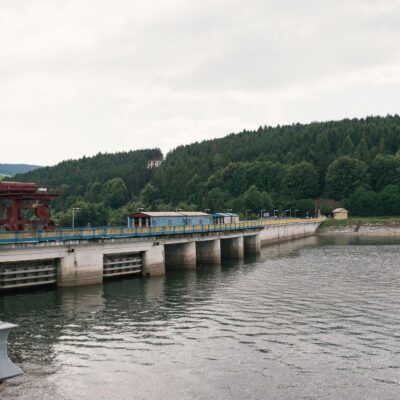

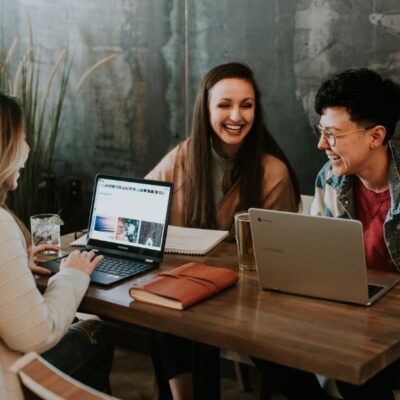
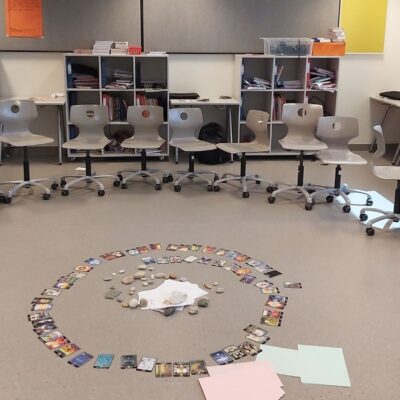
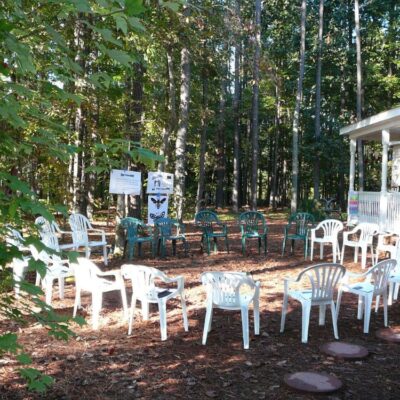
Leave a Reply